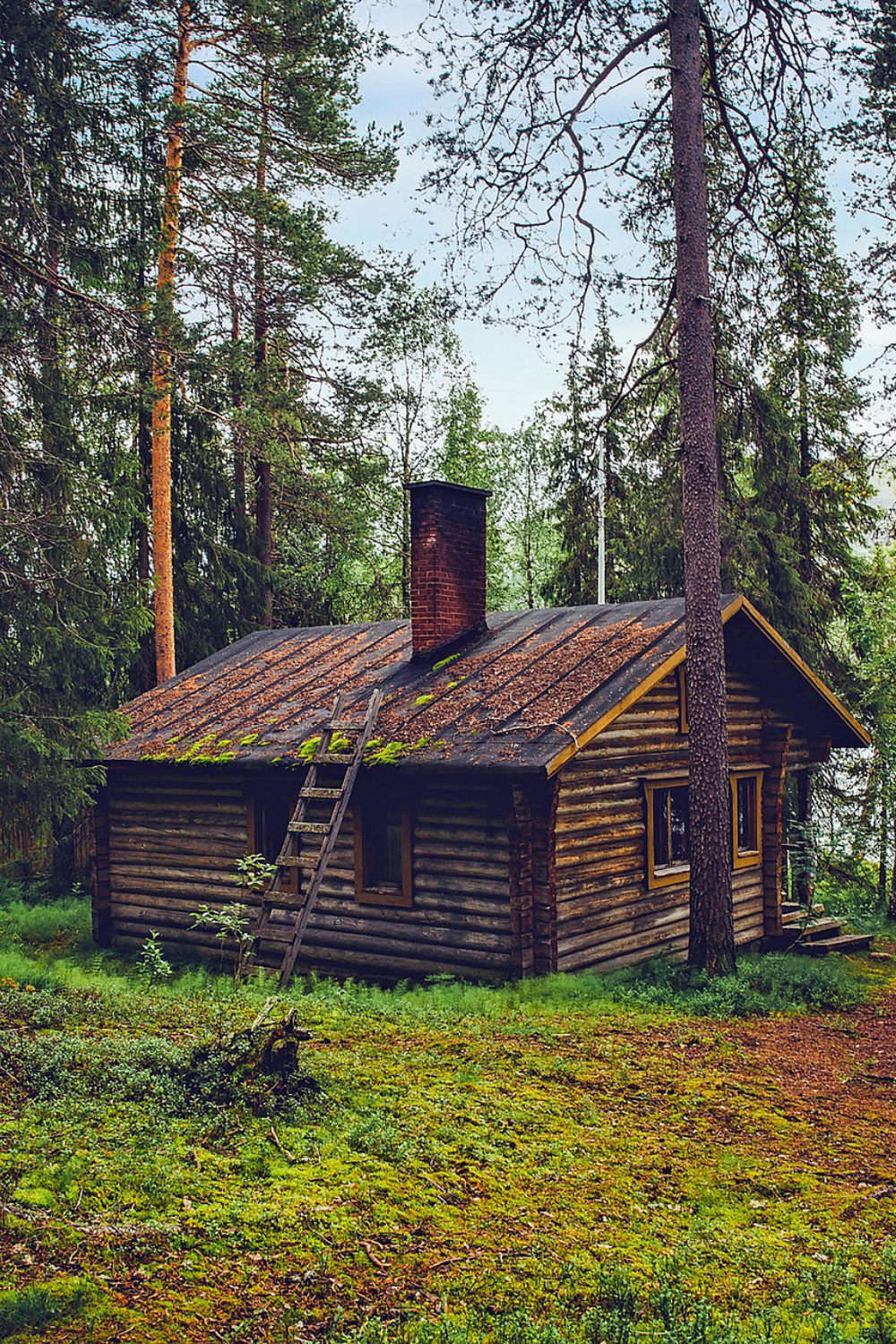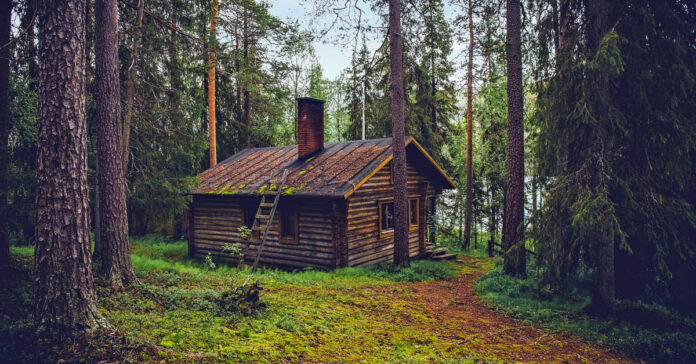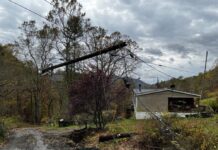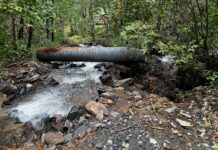I recently wrote about food and water for preppers, so today we will focus on what is often the forgotten element of the Big Three: shelter.
We all think of shelter as our home, meaning the roof and four walls of that place where we sleep. We then assume we have shelter covered. Maybe not, but more on this later.
Some preppers think of shelter as something you can build in the wilderness, such as a lean to, snow cave, or a hasty shelter created with your poncho. For some, your prepping shelter may be a retreat or an RV. All of these are, or at least can be, shelters.
From a prepping perspective, I look at shelter as anything that can protect you from adverse weather to the extent that it keeps you alive and comfortable. Better shelter will also protect you from an attack, whether it is by an animal, an enemy, or something like a virus or nuclear fallout. Various types of shelter offer various levels of protection from different threats for different periods of time. You need to identify your biggest threats and obtain shelter that protects you from them.
For preppers, shelter is not a single item or building. It is a system. Let’s start from the skin out.
Clothing as Shelter
You may have the world’s best retreat with a fully equipped bunker loaded with food and an unlimited supply of water, but you are still under equipped if all you have to wear is a t-shirt, a pair of shorts, and flip-flops. One day, you will have to leave your shelter, and if it is cold or rainy, you are going to want better clothing. Well before that, you might get cold in your shelter and wish you had a sweater, or at least socks.
Appropriate clothing can protect you from the cold, from the rain, bugs, and even snake bites. It should protect you from blisters, chafing, and sunburn. You can layer clothing to adapt to your surroundings and keep you comfortable. Proper footwear can protect you from injury, stabilize your footing on rough terrain, and allow you to walk or run longer and more comfortably. In short, appropriate clothing is a critical component of shelter.
Good prepper clothing should also be long lasting. My daughter just sewed up three holes I had worn or torn in a pair of my old canvas work pants. My wife won’t let me wear these in public, but they are still my first choice when I want to dig a hole or stack some firewood. The zipper still works, the snap holds, the belt loops haven’t failed, and the pocket holds my revolver. What more do I need? Of course, the manufacturer replaced these with a pair made from thinner fabric, which no doubt increased their profit, but the result was an inferior pant.
In a worst-case scenario, you may have to clean your clothes by rubbing them on rocks in a stream or river, so look for tough clothing that wears well even when mistreated and can be repaired.
Don’t forget headgear, gloves, and thermal underwear, all of which play a role in most of the climates you will find in the United States. Think about sweaters, fleece, shells, parkas, ponchos, hoodies, etc.; in my book, you can’t have too many clothes because you may not get resupply for years, or you may have to outfit others.
Finally, have appropriate clothing for your activities. This could include Kevlar chaps if you plan to use the chainsaw, hip waders if you will go fishing, and snow mobile suits if you expect to be standing guard in the middle of winter.
Mobile Shelter
There is also something to be said for having a shelter you can carry with you. Maybe this is a tarp in your trunk. Maybe it’s a hammock and a set of mosquito net. It could be a two-man tent. Even if you never need to bug out, portable shelter can prove useful on a patrol, a gleaning trip, or while hunting.
In a short-term emergency, your car can be a mobile shelter. You just need to outfit it with a few blankets and other accessories. Cars can block the wind and rain, but they won’t keep the heat or cold at bay for long. Prepare accordingly.
Sleeping Gear
Sleeping equipment is also a key component in your shelter system. At our house, we rely on our down comforter and we have another one on the guest room bed. We also have an assortment of blankets, including wool blankets, and sleeping bags.
If you are mobile, a sleeping bag, bivy sack, or similar set up will be useful, depending on the weather. I you are just starting out, I would invest more in a sleep system than an expensive tent. I’d rather have a well-made sleeping bag under a tarp or poncho than to be in a high-dollar tent with only a thin blanket.
Your House as Shelter
Notice that I did not say your apartment? While the interior rooms of a large apartment building may offer some protection against nuclear fallout, hurricane winds, or a tornado, they are not ideal shelter for most long-term disaster scenarios. Then again, neither are trailers, singlewides, and RVs. But in most cases, they are all better than a tent in a field.
When evaluating your house as shelter, you need to ask yourself how it would work if you have no utilities. As you know, I prefer wood stoves or fireplace inserts for heat. Of course, if you have large house, a wood stove may heat only a few rooms. Without power and heat, you may find you need your sleeping bag and warm clothing layers in your home.
Shelter also includes thing like accessible water and a safe environment. You may find you are better able to survive in your uncle’s 12’ x 16’ hunting cabin with a wood stove and a nearby spring than a 4,000-square-foot house located half a mile from the Interstate in a neighborhood with 78 similar homes.
There is no Perfect Shelter
I don’t believe there is a single solution to the search for the best shelter in which to survive a disaster. The world’s most secure bomb shelter might be a death trap in a flash flood. Your isolated cabin might be a terrible place if your personal emergency is a heart attack and it takes first responder 20 minutes to get there and another 45 to reach a hospital. Your mountain hideaway might get hit by a forest fire or a mudslide. Because we can’t predict with any certainty what disaster we may face, we can’t design the perfect shelter for it. All we can do our best to address the obvious threats.
If you can’t live in your version of a perfect prepper property, then at least have an alternate place to stay and a plan of how to get there. Find a relative or a friend who will take you in during an emergency in return for your skills and hard work. Stash or cache some supplies nearby. Then bug out early in the disaster.
If the initial disaster kills you, all your plans and preps are for naught. To survive, you need to get off the X. Don’t be in a target zone, whether the disaster is a warhead, a comet, a huge hurricane, or a massive riot. Bug out before it is too late and get to your shelter.









